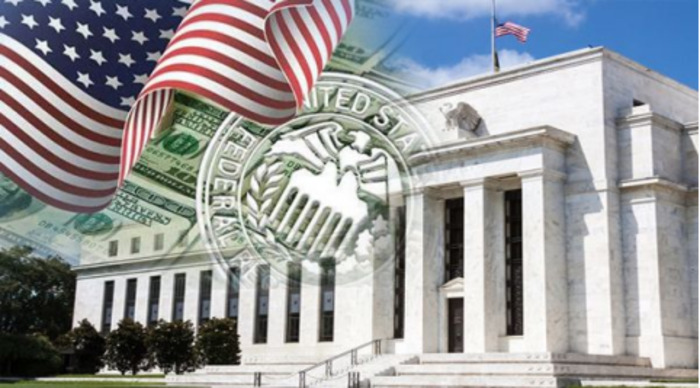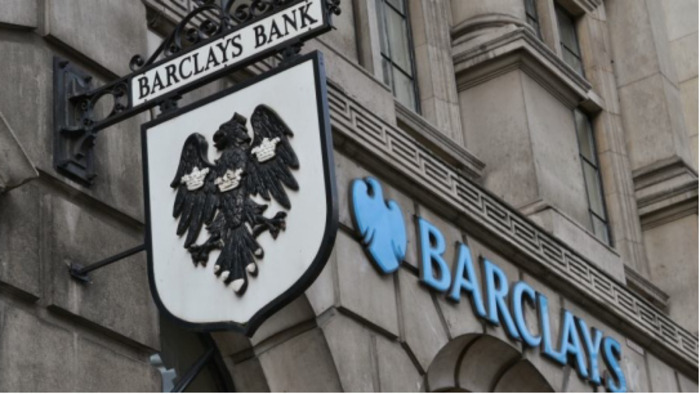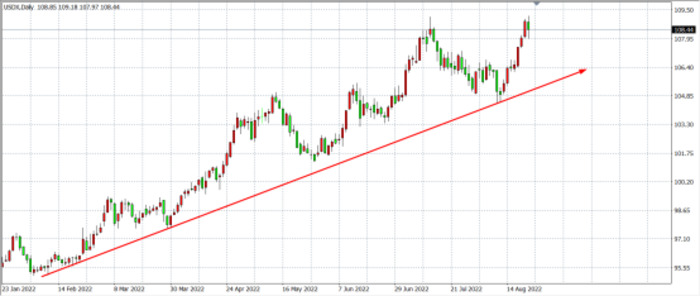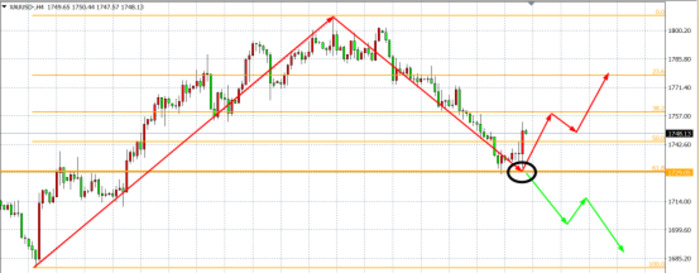The annual Jackson Hole Global Central Bank Annual Meeting will be held in Wyoming, USA on Thursday, local time, and the 2022 meeting will be held from August 25 to 27. Federal Reserve Chairman Powell will attend the event and focus on the US economy. Prospect will deliver a speech, and at the same time members of the European Central Bank Executive Committee, Bank of England Governor Bailey and other "heads" of central banks will also attend. It is reported that since the financial crisis, this conference has been regarded by the outside world as an important stage for central banks to transmit monetary policy signals, and is also known as the "barometer" of monetary policy. What to watch? And what themes need to be focused on at this central bank meeting?
According to the experience of previous years, the chairman of the Federal Reserve and other bigwigs will always release important clues at the annual meeting of the central bank. This year’s highlights include the following three points:
1. The Fed's statement on inflation
For the upcoming Jackson Hole annual meeting of global central banks this week, Fed Chairman Powell's speech may be the focus. According to the Fed's official website, Powell will deliver a keynote speech entitled "Economic Outlook" at 22:00 on August 26, Beijing time.
Analysts expect Powell to reiterate the Fed's determination to continue raising interest rates to control inflation. At last year's Jackson Hole annual meeting of global central banks, Powell asserted that U.S. inflation "is likely to be temporary." And one year is about to pass, the U.S. inflation level is still close to the highest level in 40 years, and Powell also publicly admitted that the Fed’s previous interest rate hikes were slightly slow when he was officially re-elected as Fed chairman. It may be better to take action earlier. The Fed started a large-scale interest rate hike and balance sheet reduction to tighten liquidity to curb inflation.
2. The Fed puts "eagles" or "doves"
A few days ago, some market views speculated that the current Jackson Hole annual meeting of global central banks may become a key time for the Fed's "eagle to dove" transition.
Bets that the Fed will remain hawkish are now at an all-time high. Hedge funds have more than tripled the rate at which they have built such short positions over the past month, according to the latest data from the U.S. Commodity Futures Trading Commission (CFTC), with net short positions reaching an unprecedented 695,493 contracts. Meanwhile, in EURUSD futures, hedge fund short positions are near their highest level this year, with a net of just over 2.6 million contracts. The yield on the two-year U.S. Treasury note, which is sensitive to policy rates, rose 8 basis points to 3.31% on Monday after rising nearly 11 basis points to 3.34% earlier in the session, with the 10-year U.S. Treasury yield climbing for the first time in a month. to more than 3%.
All of the above signs reflect that the frequent "hawking" of Fed officials after the release of the Fed minutes in July intensified the market's concerns about Powell's hawkish signal at the Jackson Hole Global Central Bank Annual Meeting. If Powell releases his words in favor of raising interest rates, the dollar will continue to rise, and non-U.S. currencies such as gold and the euro will continue to be under pressure. On the contrary, if Powell is dovish, the dollar will face the risk of falling back from high levels, and gold and the euro will usher in retaliation. Opportunity to bounce back.
3. Raise interest rates, will the European Central Bank follow?
In addition to Powell, Isabel Schnabel, a member of the ECB's executive board, will also speak. Markets expect the ECB's speech, the only member of the ECB's executive committee to attend the Jackson Hole annual meeting, to reveal how the ECB plans to tackle short-term challenges such as high inflation and economic weakness, including climate change. long-term challenges.
The ECB is lagging other central banks in tackling record high inflation. The European Central Bank unexpectedly raised interest rates by 50 basis points in July, the first rate hike in 11 years. A rate hike in September is considered a sure thing, and policymakers are divided on whether to raise rates by 25 basis points or 50 basis points.
The looming euro zone recession and energy crisis may not change expectations for the European Central Bank to raise interest rates, Barclays reported. The bank expects the ECB to raise its benchmark interest rate by 50 basis points in September. The European Central Bank may raise interest rates by 50 basis points in October as inflation in the euro zone remains high. If the European Central Bank releases a hawkish signal of raising interest rates, it is expected to boost the euro and gold, thereby suppressing the US dollar index at a high level.
4. Gold is facing a major turning point, is it going up or down?
In the early days of the Russian-Ukrainian military conflict, safe-haven funds flowed into gold, indicating that the gold price has a safe-haven function. However, the situation in Russia and Ukraine tends to be prolonged, and the market no longer favors the performance of gold prices. Among them, the rise of the dollar has seriously suppressed the performance of gold prices, and even weakened the rumors that gold is fighting against inflation, and gold has returned to asset properties. As an asset, gold has obvious shortcomings, that is, gold is a non-interest-bearing asset, and there will be no income if it does not rise, causing the price of gold to continue to sink amid the dollar's rise.
(Daily chart of US dollar index)
The current dollar is mainly supported by two factors. First, the Fed's interest rate hike expectations. Under the global inflationary pressure, the Fed started the interest rate hike cycle, which seriously weakened the market's pursuit of risky assets and reduced the liquidity of the dollar. Second, the fragile politics and weak economic prospects in Europe have caused market concerns. In the face of the outflow of funds from Europe, gold is unattractive. The dollar has become the ultimate safe-haven tool, and the dollar-denominated gold is powerless to fight back.
At present, the market is very concerned about the Fed's interest rate in September. There are mainly two groups. One group believes that the Fed will suppress inflation regardless of losses, and raising interest rates is still the first priority; Forgo rate hikes. According to the experience of previous years, the chairman of the Federal Reserve always releases heavy news at the annual meeting of the central bank. If Powell releases language in favor of raising interest rates, the dollar will continue to rise, otherwise the dollar faces the risk of a turnaround.
Opportunities always arise from risks. For gold, if the dollar is affected by Powell's dovish or dovish rhetoric, there is an opportunity for a retaliatory rebound in gold prices above $1,700. In addition, there is a risk of economic recession caused by huge inflation in Europe and the world. If the central bank and the government face up to admit this problem, it may also rekindle the attention of risk aversion to gold. Buying is expected to return again, and gold bulls have the opportunity to fight back. If Powell is as hawkish as the market, the price of gold will still be more dangerous.
(4-hour chart of spot gold)
Judging from the current trend of gold price, $1729 is the 61.8% position of the golden ratio of the previous wave of 1680-1807 rise. This position is the last defensive position of the bulls and the recent long-short conversion point. As long as the bit is not broken, the bulls will have a last stand, and the upward rebound is expected to return to 1770-1800. If the bit is broken, the bearish trend will be strengthened, and the market outlook will be below 1700. This week's Jack Hall central bank The annual meeting will bring a new round of direction guidance for gold.
 2022-08-24
2022-08-24
 1529
1529








 简体中文
简体中文
 ภาษาไทย
ภาษาไทย
 繁體中文
繁體中文
 Indonesia
Indonesia











